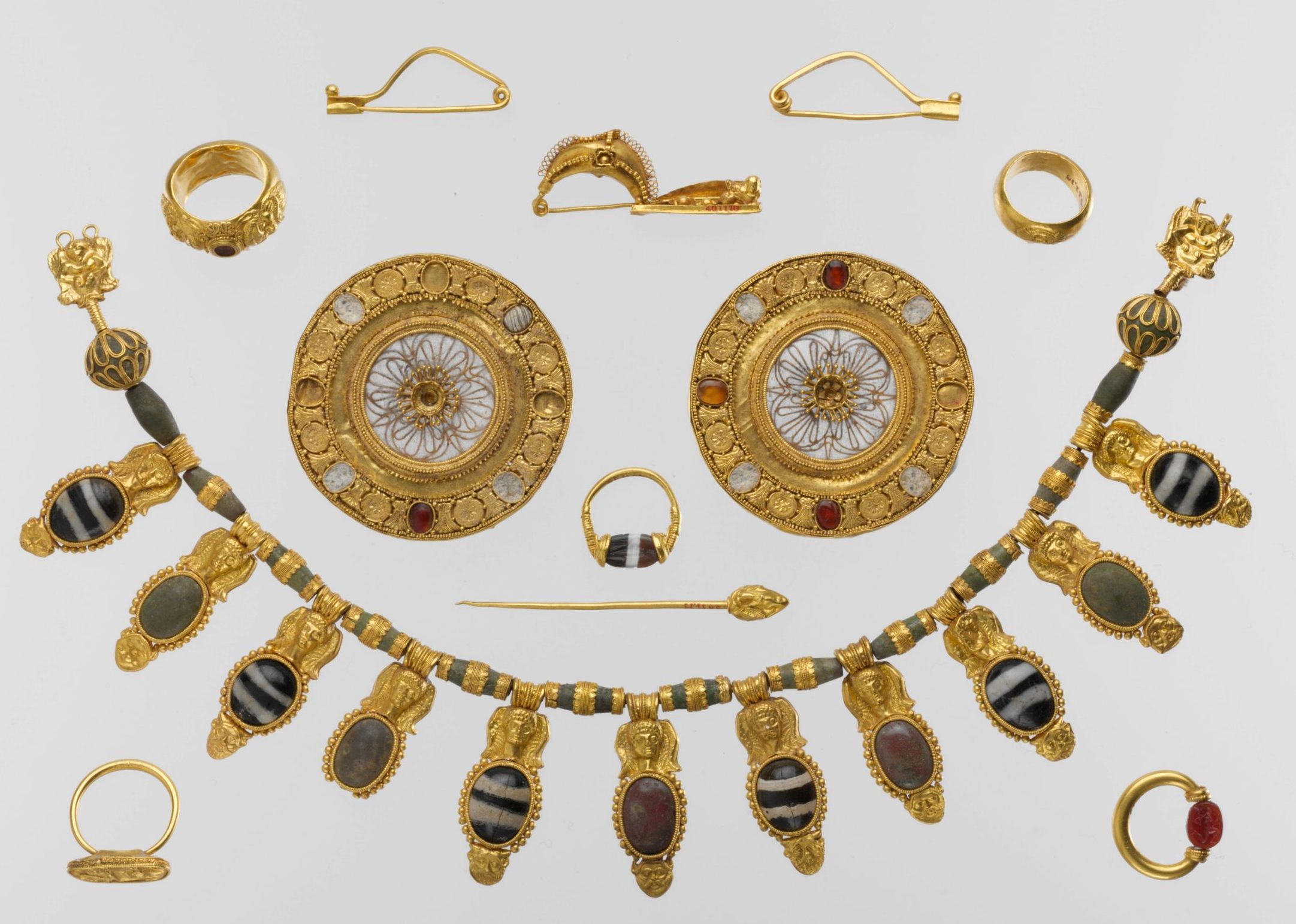
Origins of the Elusive Etruscans
The Etruscans were among the many inhabitants of early Italy, and their origins remain a topic of debate among academics. While some believe they were native to Italy, the prevailing theory maintains that the Etruscans were colonists from Anatolia (modern-day Turkey) that succeeded the Villanovan culture of the Iron Age. While the Anatolian roots theory has been supported by genetic research, it is interesting to note that their language bore no relation to the languages spoken in Turkey. The Etruscans left behind a legacy of masterful building styles and techniques in early Italy that were later adopted by the great Roman builders who succeeded them.
Trade and Foreign Influence
The economic growth of the Etruscans is attributed to their flourishing agriculture and vast deposits of copper and iron in the northern region. This in turn contributed to a highly sophisticated trading system as early as 700 BCE. Etruria developed fiscal and cultural ties with its neighbors in the broader ancient Mediterranean region. The Etruscan traditions and techniques in gold foraging were largely a result of the foreign influence from trade routes.
The metallurgical techniques of the Etruscan goldsmiths drew on Egyptian, Near Eastern, and Central European metalwork, and techniques such as granulation, filigree, and repoussé were adopted by Etruscan jewelers. Geometric patterns common to Near Eastern design are featured regularly in Etruscan jewelry, such as the reoccurring disk earrings inspired by the Lydian style. Palms, pomegranates, acorns, griffiths, etc. were a recurrent motif that hinted at Greek, Egyptian, and other Near Eastern influences.
Foreign trade revolutionized the gold industry, particularly in the southern region where the designs were sophisticated and flamboyant. Syro-Phoenician and other foreign jewelers who settled along the southern regions of Etruria and instructed local apprentices in their techniques and designs. The finest Etruscan jewelry was crafted in city-states such as Cerveteri, Tarquinia, and Vetulonia.
